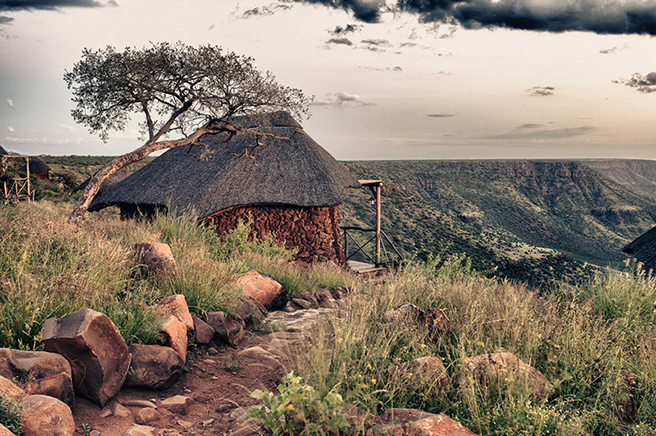Investing in Conservation with African Wildlife Capital

AWF first launched African Wildlife Capital (AWC) in 2011. In the nearly three years since, AWC has moved quickly and successfully to provide financing to a variety of small and midsize African companies—and, as a result, has been able to provide another way to ensure conservation results on the continent.
The rapidity with which AWF has been gaining initial results may be due in part to its financing model. Rather than operating as a grant provider on a grant-based financing model, where money is disbursed to projects with no expectation of repayment, AWC offers debt and quasi-equity based financing to viable businesses in Africa. Companies agree to repay loans over a period of up to 10 years, with interest or in return for revenue-based royalties.
Nine Deals and Counting
Thus far, nine deals have been executed, for a total of US$7 million in financing now under AWC management. They include investments from US$250,000 to $US$2 million to companies in various parts of Africa, such as:
- Ol Pejeta Conservancy, a working ranch and conservancy in northern Kenya that partners with local pastoralists to purchase and distribute their livestock and has traded cattle with 2,000 households in 10 different community conservancies
- Bale Mountain Lodge, an Ethiopian company that built the country’s first-ever high-end ecotourism facility
- Village Ways, a successful social enterprise firm looking to build a network of traditional community guesthouses in Kenya, Uganda, and hear Simien Mountains National Park in Ethiopia
- COMACO (Community Markets for Conservation) Ltd., a community-based food processing and distribution business in Zambia working with local farmers.
Other projects are in the pipeline, with many featuring unique financing arrangements or business models—another hallmark of AWC’s approach. AWC, in fact, has pioneered many innovative arrangements in the course of its work, from launching the first-ever conservation-driven interest rebate scheme as part of an investment into Asilia Lodge to financing the development of the first-ever conservation tourism concessions within Kenya’s national forests under Kenya Forest service.
Use of Conservation Covenants
According to AWC Investment Manager Giles Davies, “The AWC model applies the positive power of risk to generate financial aid and conservation performance.”
AWC emphasizes conservation performance through the institutionalized use of conservation covenants—conservation-oriented goals that companies are contractually obliged to meet. The covenants typically require action in such areas as wildlife and wild land management, conservation education and training, and conservation management planning.
The results have been impressive. In Namibia, for example, AWC provided a unique tourism development loan to a community-based conservancy in September 2012 to allow the conservancy to make structural improvements to its lodge. Less than a year later, Grootberg Lodge was remodeled and is now on track to generate nearly US$1 million in revenues for the fiscal year—its highest-grossing year ever. (AWC’s engagement with Grootberg prompted the Namibian Development Bank to run a workshop to investigate the institutional role it, too, may play in further developing this sector.)
The lodge has also followed through on its covenants, which covered issues such as zonation, land management, and good governance. Wildlife is increasing on the conservancy—where lion sightings would have been unheard of just a few years ago, for example, today, 10 to 15 roam on conservancy grounds. All game drives record the presence or absence of wildlife, and management is conducting additional training for staff in tourism and conservation. Finally, lodge revenues are posted in the conservancy management office for full transparency.
“AWC aims to revolutionize the development of conservation enterprise in Africa,” Davies says. “We’re rewarding commercial viability, promoting financial efficiency, and ensuring conservation impact.”
Photo courtesy of: Philippe Clairo/www.philippephotography.com